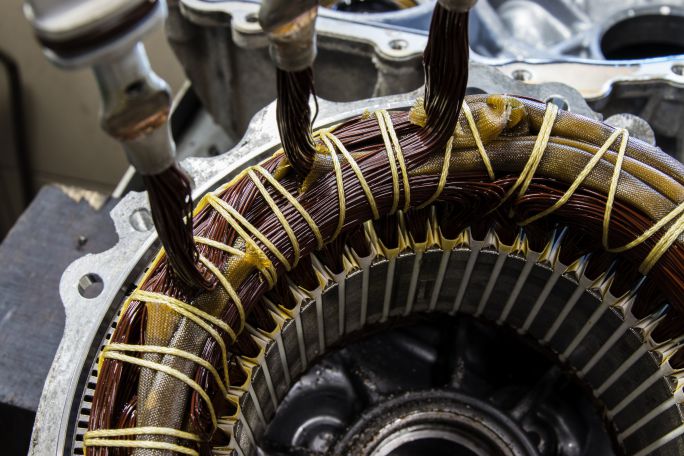The use of laser CO2 in food production processes has become a well accepted trend. Laser is often used to replace labeling processes or the printing of expiry dates, identifying codes and other distinguishing marks on food products. Markings on cheese or fresh products (such as fresh fruit) are some examples of laser use we have already covered in previous articles.
Another process that can be successfully achieved by laser is the marking of chicken eggs.
The traditional method used for egg marking is ink printing.
Because eggs are fresh products, it is fundamental that information such as laying or expiry date be clearly visible on each item. This data helps the consumer to evaluate the freshness of the product, making egg consumption safer.
Ink marking can be inconvenient because:
- the ink can contain harmful substances
- the markings are not always readable
- the ink needs to dry, slowing the production line
- more resources are used
Laser marking makes it possible to overcome these obstacles. Let’s see how the process works.
A laser marking system is composed of three elements: a control software, a CO2 laser source and a galvanometric scanning head.
In this application of laser marking, the source is used in pulse mode. This mode makes it possible to reach high peaks of power for a very short amount of time, instantly removing a tiny portion of the surface area of a product.
The scanning head has a double function: it moves the laser beam over the surface on the X and Y axes and it keeps it focused on the right surface area.
The control software’s job is to coordinate the action of the laser source and the scanning head. It makes sure that the laser follows the pre-established path and that the power is regulated properly for the desired effect on the surface.
The advantages of a pulsed laser marking system are many:
- the markings are permanent
- potentially hazardous substances aren’t used
- the process is notably faster than ink marking
It has been demonstrated that the markings are superficial and in no way damage the egg as only around a fourth of the eggshell’s thickness is marked.
This technique is perfect not only for alphanumeric codes, but also for logos, pictures and other types of graphic signs.




